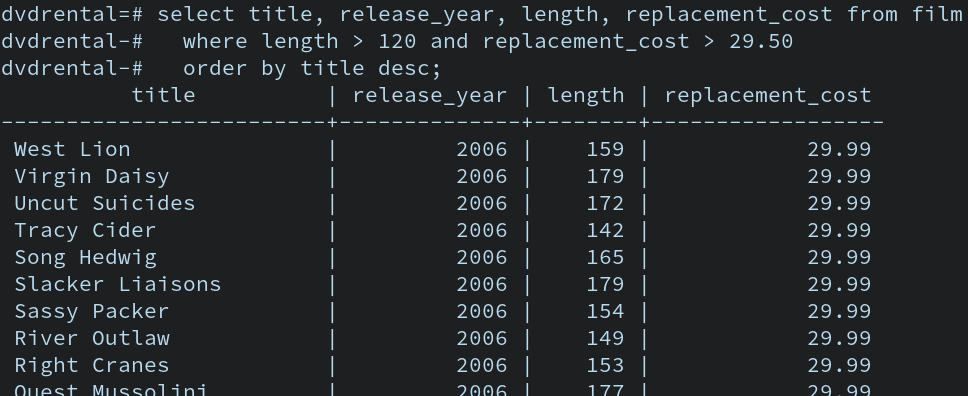Many workloads nowadays involve many systems that operate concurrently. This ranges from microservice fleets to workflow orchestration to CI/CD pipelines. Sometimes it’s important to coordinate these systems so that concurrent operations don’t step on each other. One way to do that is by using distributed locks that work across multiple systems.
Distributed locks used to require complex algorithms or complex-to-operate infrastructure, making them expensive both in terms of costs as well as in upkeep. With the emergence of fully managed and serverless cloud systems, this reality has changed.
In this post I’ll look into a distributed locking algorithm based on Google Cloud. I’ll discuss several existing implementations and suggest algorithmic improvements in terms of performance and robustness.








